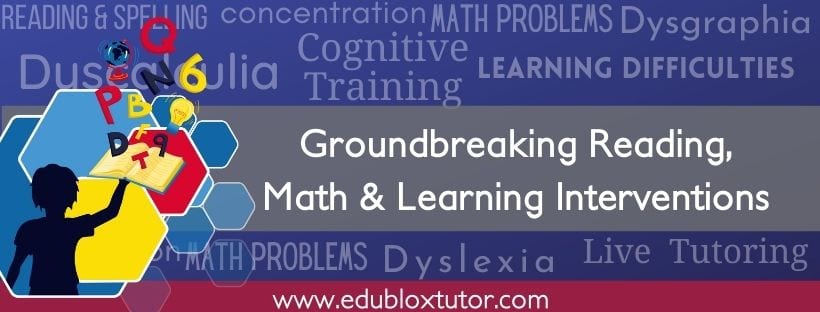
Due to the graphic complexity of Arabic script, the brain’s right hemisphere is not involved in the initial processes of reading in Arabic. Therefore, reading acquisition in Arabic is much harder in comparison to English, research suggests.
The conclusion comes from a series of studies at the Department of Psychology and the Edmond J. Safra Brain Research Center for the Study of Learning Disabilities at the University of Haifa. These studies have been published in the journal Neuropsychology.
Learning to read Arabic is complex
Over the past ten years, much data has indicated that reading acquisition in Arabic is slower and more complex than in other languages. The series of studies, carried out by Prof. Zohar Eviatar and Dr. Raphiq Ibrahim, examined the assumption that this difficulty is due to the visual complexity of the written Arabic system.
The researchers explain that Arabic has several very similar graphic symbols representing different letters and sounds, distinguished only by very slight differences such as lines or dots, as well as sounds represented by various symbols.
Comparing Arabic to Hebrew and English
To establish whether this complexity causes perceptual overload, the researchers carried out a series of studies comparing children’s and adults’ reading speed and accuracy in their mother tongues: Arabic, Hebrew (a language similar to Arabic), and English (a very dissimilar language to Arabic), and also examined the speed and accuracy of processing Arabic, Hebrew and English words in readers whose mother tongue is Arabic only.
The results revealed that the right brain is involved in the reading process for English and Hebrew but not Arabic.
The authors explained that in Arabic, identifying the number and location of dots that are critical to differentiate between letters is a challenging task for the right brain since that hemisphere primarily utilizes global information to identify letters.
The overall findings support the hypothesis that the complexity results in high perceptual load, contributing to the difficulty and slowness of processing in reading Arabic.
What the study means
Children acquiring languages other than Arabic thus draw on the use of both hemispheres in the first stages of learning to read, while children learning to read Arabic do not have the participation of the right brain. Hence, it may be why reading processes take longer to be automatized in Arabic.
The researchers concluded that Native Arabic-speaking children face more challenges, requiring more practice and particular pedagogic effort and demonstrating the need for systematic professional involvement in teaching Arabic reading, especially for those with learning difficulties..

